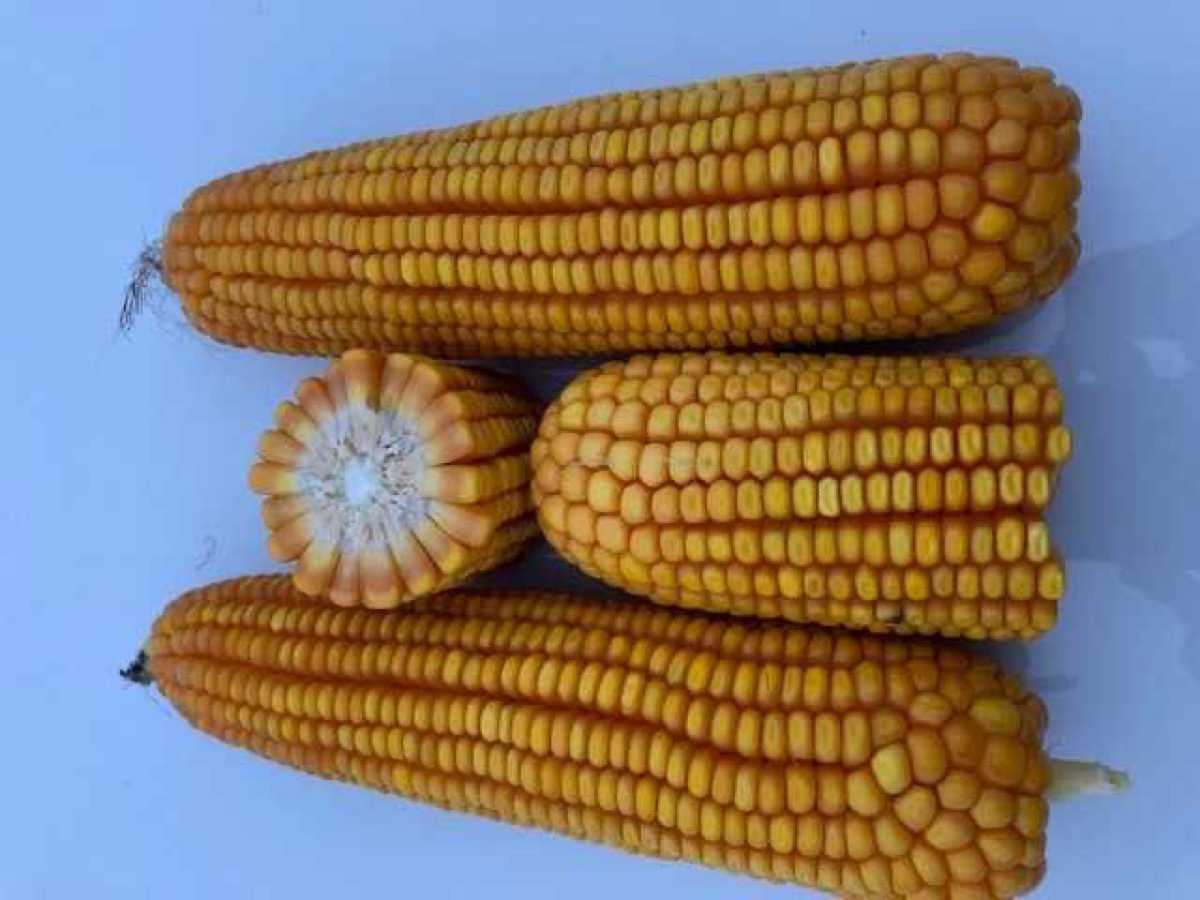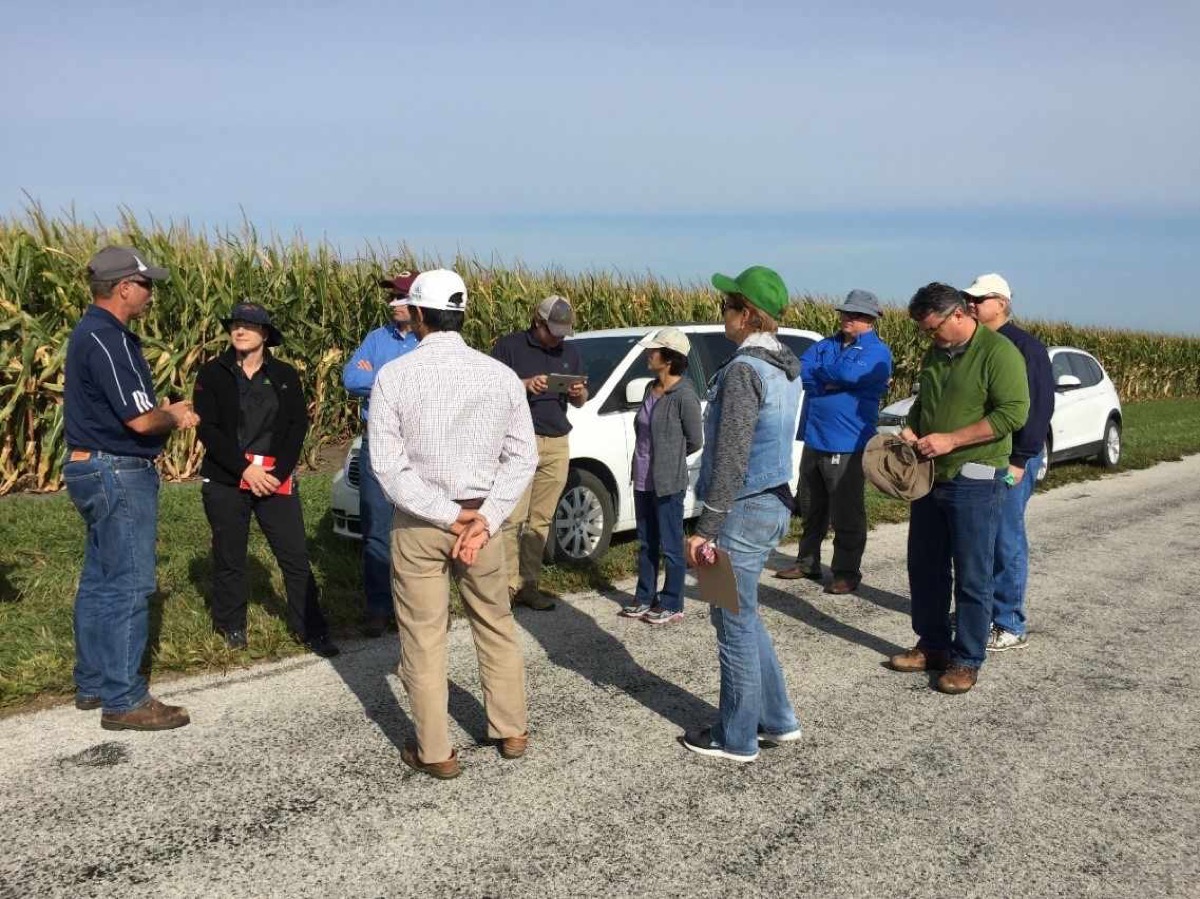

Throughout history, humans have improved crops. Using many methods, including domestication, hybridization, and transgenesis, people have worked to better food quality and crop yield. As technology advanced, so did the speed and precision of crop improvement.
CRISPR-Cas is a breakthrough technology for crop improvement. But before CRISPR crops can be commercialized globally, public acceptance must be obtained, and workable regulatory policies must be established. Both factors are critical – if public acceptance is low or regulations are unnecessarily burdensome, CRISPR will be restricted to a narrow set of crops and applications, and affordable to just a handful of multinational companies. This is what happened with transgenic (GMO) technology.
Many technologies are used in crop improvement without burdensome premarket regulation. Plant tissue culture enables clonal propagation. DNA-based technologies, such as marker-assisted breeding, are widely used. Male sterility systems, some involving “alien” chromosomes, are used to produce hybrid seeds. Mutant varieties and chemical treatments are used to create homozygous seeds in a single generation by repeatedly manipulating chromosome ploidy. Mutagenic chemicals, radiation and forced crosses between sexually incompatible species are used to create novel genetic variation. Because technologies for crop improvement do not pose inherent risks, crops made using these methods are not regulated differently than crops made without them. We believe products made using CRISPR should be treated in the same way.
Read more.